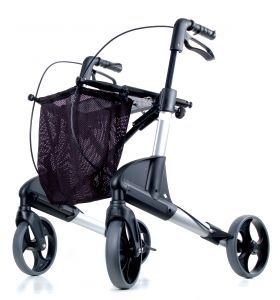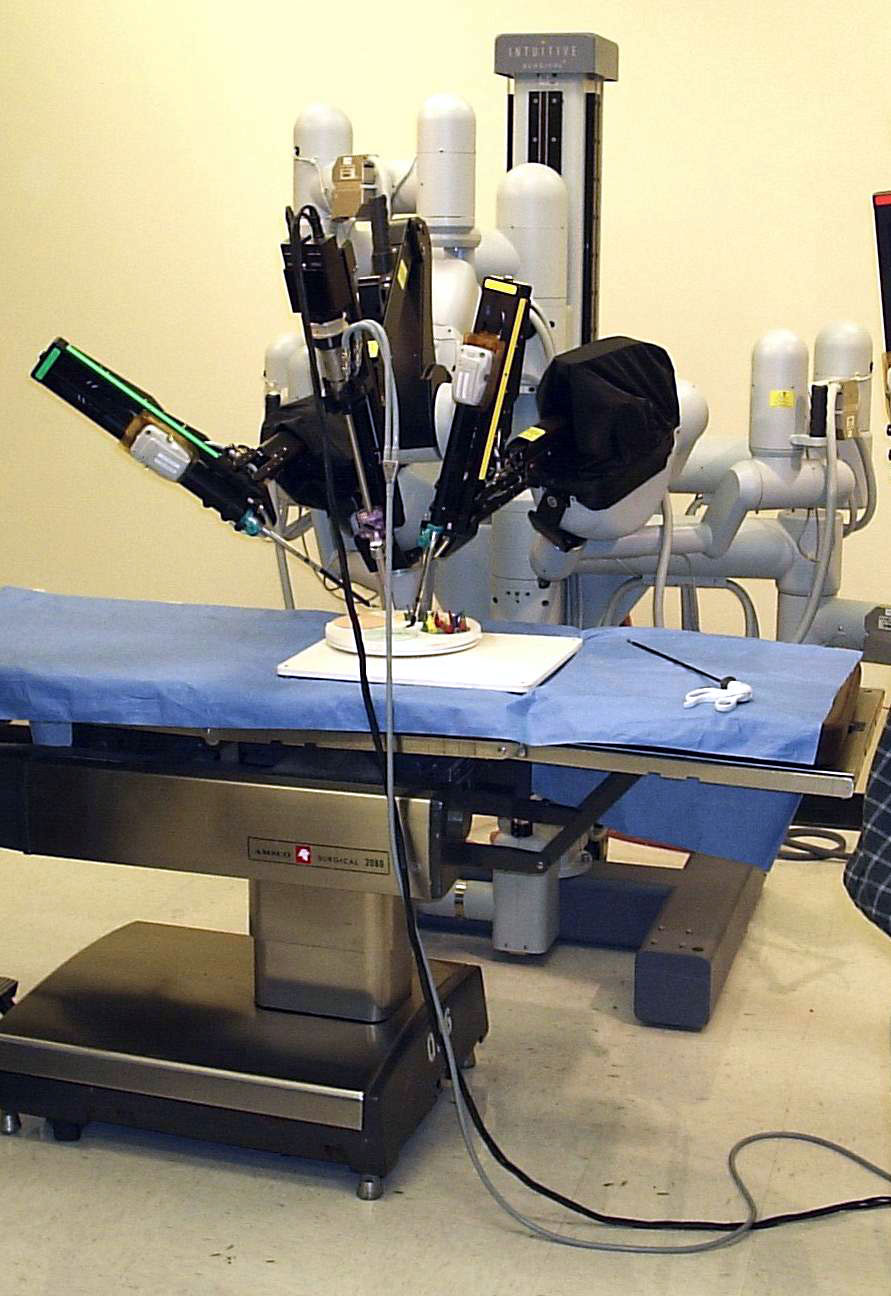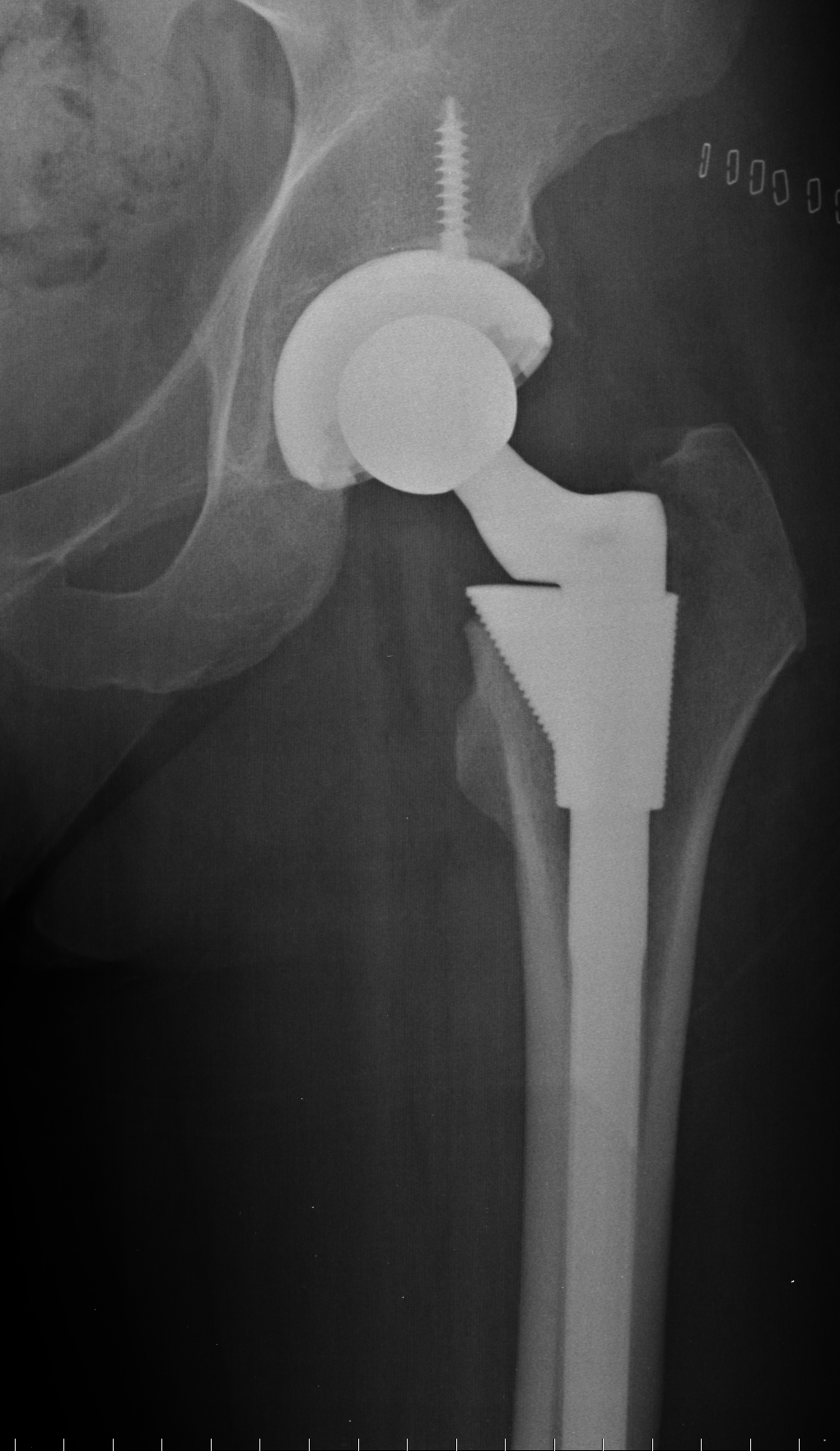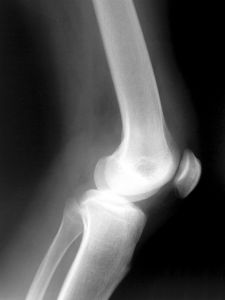 As a patient, being a health advocate is important. As our world progresses so does technology and the advancement in the medical field. Companies are making products so quickly, so the product can be sold in stores. Often products have not been tested to ensure the product works correctly. This therefore leads to severe consequences. As patients and citizens we trust doctors and hospitals to care for us in a proper and safe manner. We also trust companies to produce products that are not harmful and work correctly, although more times than not this does not happen. From simple products that you receive from the convenience store to products that could save your life, need to work properly.
As a patient, being a health advocate is important. As our world progresses so does technology and the advancement in the medical field. Companies are making products so quickly, so the product can be sold in stores. Often products have not been tested to ensure the product works correctly. This therefore leads to severe consequences. As patients and citizens we trust doctors and hospitals to care for us in a proper and safe manner. We also trust companies to produce products that are not harmful and work correctly, although more times than not this does not happen. From simple products that you receive from the convenience store to products that could save your life, need to work properly.
Jason Peters, a Philadelphia Eagles left tackle player ruptured his Achilles tendon in March 2012. He was told to use a rolling walker after his surgery on his Achilles tendon. A rolling walker enabled Peters to still be mobile without putting pressure on his Achilles tendon. There are various amounts of rolling walkers, although the one Peters was using was one that he put one knee on while pedaling with the other leg. However, Peters walker broke below the handlebar while he was using it. This failure led to Peters re injuring his Achilles Tendon during the fall which resulted in another surgery on Peters Achilles tendon. The second surgery prevented Peters from returning for the 2012 season. The Roll-A-Bout walker is suppose to hold any person up to 500 pounds. Peters was 340 pounds which does not explain why the walker broke. The malfunction of the walker has not been stated but assumed that the walker was just broken. Peters was awarded $2 million in the lawsuit against the walker company.
Something simple as a walker can cause injuries that could have been prevented. However it is hard to ensure that a walker is working properly because we just assume that things similar to this are in proper condition. However if you or someone you know used a walker, be a health advocate and make sure it assembled properly. It is essential to triple check that all the parts are assembled correctly to prevent casualties from happening.
In addition to making sure walkers are in the best condition before use, as patients it is important to make certain prescribed drugs are suitable for you. One minor mishap could cause severe complications to you or a loved one. As patients we can prevent from horrible medical malpractice, defective medical device or a defective product. It is easy to check to make sure that what you are using is right for you. It is more of a hassle and life threatening to deal with the complications from not being proactive.
If you or a loved on has been hurt in a walker accidents please call for a free consultation. No one deserves to be hurt when it is out of their control.
—–
 Fort Worth Injury Lawyer Blog
Fort Worth Injury Lawyer Blog





